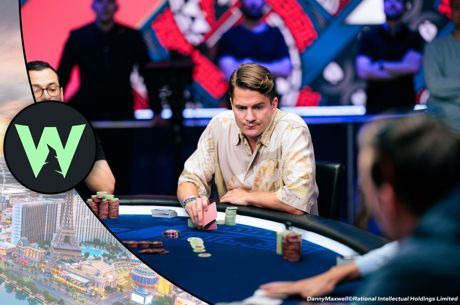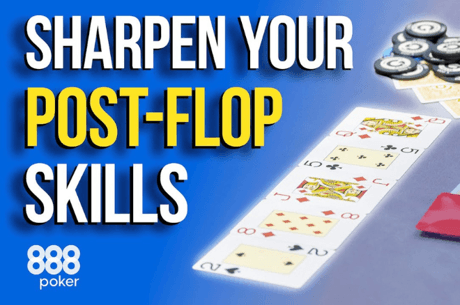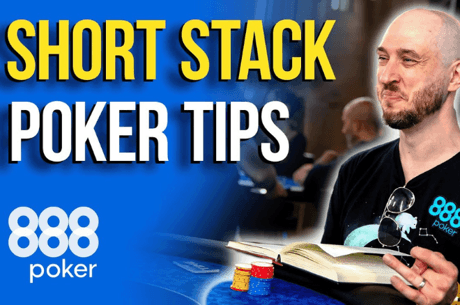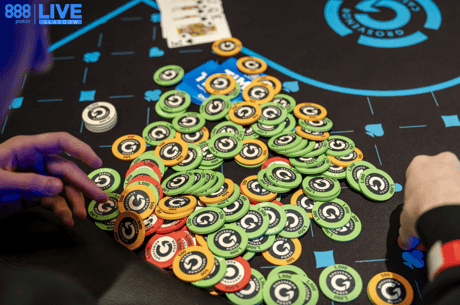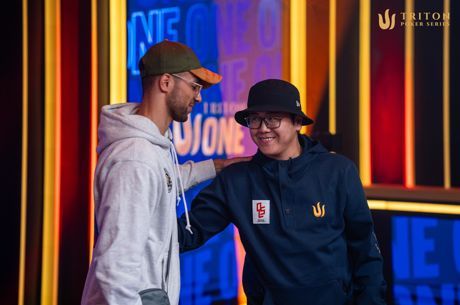Take Full Advantage of Reverse Implied Odds

In the small stakes games I play, the vast majority of the players are loose-passive. Most of those who aren't are loose-aggressive. This general looseness actually makes a lot of sense. These games are filled with recreational players. Their primary motivation is having fun and playing tight isn't much fun at all.
One of the problems with being loose is the hands in these players' ranges are weaker on average than the hands in the ranges of tighter players. One area where this tendency creates a massive difficulty for them is during the early stages of a tournament when everyone has a ton of chips.
When they play these second-best hands passively, they are susceptible to paying off too many value bets because their tournament life is not yet on the line. When they play them aggressively, they are susceptible to value betting with the worst hand and/or bluffing too often at a stage of the tournament where everyone has plenty of chips to call them down.
This problem of having the second-best hand and being willing to put chips into the pot with it is referred to as having "reverse implied odds." Unlike implied odds which refer to how much more you can win by staying in a hand, reverse implied odds refer to how much more you can lose by sticking around.
Our job as tighter, more disciplined players is to identify which type of loose player we are dealing with and to take full advantage of their reverse implied odds.
Facing loose-passive players
When we have one of our strong hands and suspect that a loose-passive player has a hand with which he is willing to call, we need to take full advantage of it by making the biggest bets we think he will pay off.
Say I am playing in an online tournament with effective stacks of 100 big blinds. A loose-passive player opens from middle position. The action folds around to me and I call in the big blind with a hand like 10♠9♠. The flop comes 10♥9♥5♣. If I check and the original raiser bets around half the pot, I raise a normal amount expecting to get called by any pair including bottom pair and any draw including a gutshot to the bad end of a straight.
On the other hand, if this player bets closer to pot, I may just shove expecting that he has a hand he wants to protect from the large number of draws I could have. In my experience, these players will call massive over-shoves in these situations with hands like JxJx (or bigger pairs) and Ax10x as well as all flush draws and open-ended straight draws.
Clearly, this is not a play you would make against a game theoretically optimal opponent. That's because those players are capable of folding big hands and denying those reverse implied odds. When your opponents do subject themselves to reverse implied odds by calling in these spots, you can outperform a GTO bot by taking full advantage of the situation with a shove.
A normal-sized raise may open the door for a turn card to come and kill your action in cases where your opponent has a draw that bricks out or a made hand that shrivels up when a draw comes in. If his large bet size leads you to believe that he is willing to make a large calling error for his entire stack on the flop, get it while the getting is good.
Facing loose-aggressive players
When we have one of our strong hands and suspect that a loose-aggressive player is betting with one of his weak hands, we need to take full advantage of it by just calling him down instead of raising which lets him off the hook.
Again, let's say I am playing in an online tournament with 100 BBs in the effective stack. This time, a loose-aggressive player opens from middle position. The action folds around to me and I call in the big blind with 10♠9♠, and the flop comes 10♥9♥5♣.
If I check and the original raiser bets around half the pot or more, I would here elect to just call. The fact that he is loose tells me that he doesn't have very many hands in his range that could pay off a raise in this spot. But the fact that he is aggressive tells me that he will continue to bet with many hands if I set the trap.
In our example, say the turn card is something like the 8♣. This card causes this board to get really scary. The average player would raise a turn bet in order to protect his hand. Loose-aggressive players know this, so when you just call their bet, they assume most opponents have one pair by the river and are highly unlikely to call a big river bet with it, so they fire again on fifth street. When facing these prolific triple barrelers, you must resist the urge to raise with some of your strong hands before the river.
In this case, we have one of the best possible bluff catchers. Top two is extremely well suited for the job because it blocks many of the best value hands we lose to like 10x10x and 9x9x, it blocks many of the marginal value hands we beat like Jx10x and Jx9x that could result in him deciding to check back the river, and it beats all of the other two-pair combinations that are currently in his range. This means when he fires river, he is very likely to have a bluff or a (second-best) "value" hand we beat.
On the river, I may decide to check-shove if the board does not run out so scary that he would have a hard time calling with a hand like Ax10x. Even loose-aggressive players will sometimes find the call button with worse after putting in a large chunk of their stacks, despite the fact that I am so infrequently bluffing in this spot. This gives me a second way to take full advantage of their reverse implied odds.





